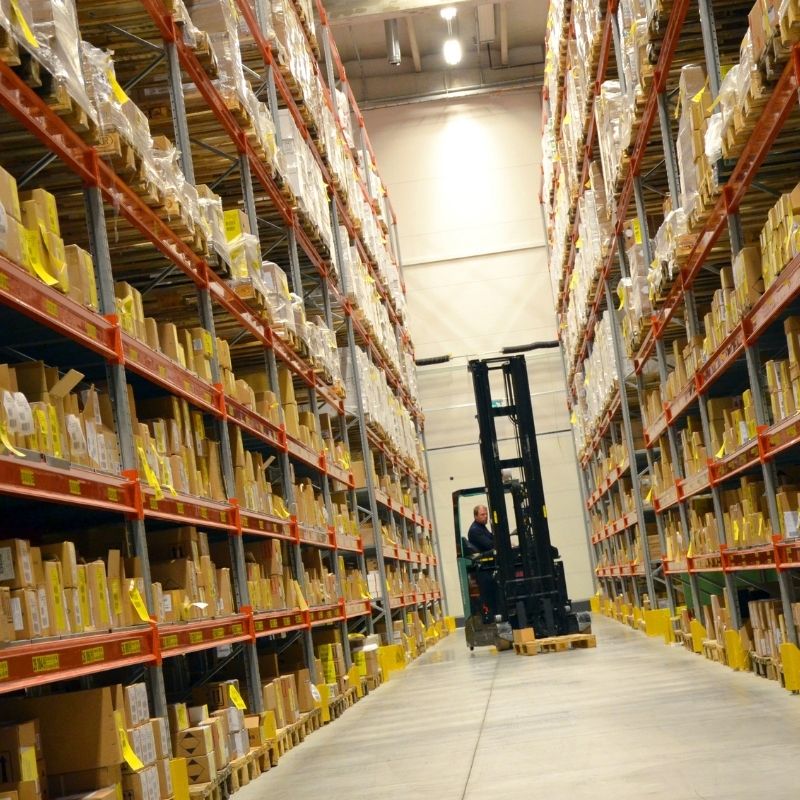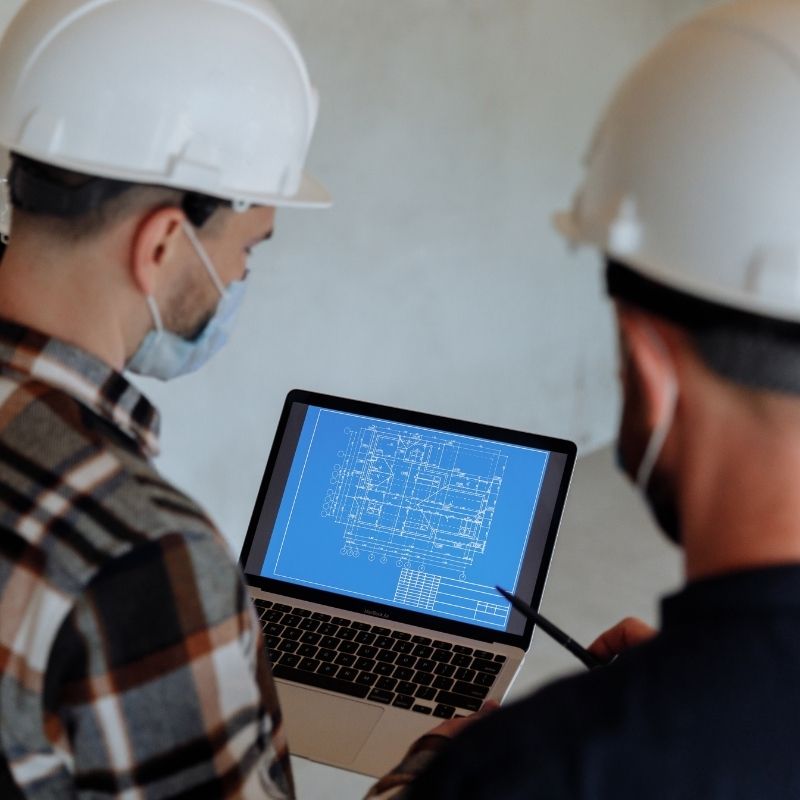Reach trucks have a different way of operating
Workplace safety has always been a talking point and an important part of any organization. That includes warehouses where reach trucks are used. As reach trucks are frequently used, it is only normal that it’s quite likely they can get into accidents too.
As no one wants a workplace accident and can get very costly, here are some ways to use a reach truck safely. After all, no one wants a slowdown in production and loss of money too.
1. Take note of the reach truck’s working height

Racking systems differ from forklifts to forklifts. Reach trucks are no different in this matter. Reach trucks’ racking systems are different from those found in counterbalance forklift operators.
If you are going to operate any forklifts on an increased racking height, then there will be risks coming with each different height level. Forklift operators, including reach truck operators, have to receive training that equips them to operate the vehicles safely at height. They have to learn how to operate with accuracy and efficiency. Furthermore, they have to have a solid understanding of the particular risks posed by drive-through and drive-in racking systems.
2. Moving on inclines
Moving up and down inclines is perhaps not very common for reach trucks and other forklifts. However, it exists and it should be avoided as much as possible. Getting through and from inclines can pose the biggest risk for many (if not all) reach truck operations.
Reach truck operators have to be trained accordingly on safe ways of negotiating an incline. They will have to learn how to drive and brake that are specific to reach trucks when getting through and from lift trucks.
Reach truck operators who have been correctly trained before should be able to recognize these risks relating to negotiating inclines. They should also demonstrate competence in negotiating inclines with a laden and unladen reach truck too.
3. Use assistive technologies

Assistive technologies are becoming more accessible and common in the past years. Such technologies such as cameras and LCD screens are within reach and affordable too. These technologies can be useful to improve safety and efficiency in the workplace.
However, such technologies should be used to aid reach truck operators in stacking and de-stacking. They are not supposed to be relied on. If in any situations where the technology fails, the reach truck operator will have to be competent enough to operate it safely without its help.
4. Check on the stability of the reach truck
The stability and the center of gravity are different on a reach truck. Reach trucks are made to reach out towards the rackings that are further than their stabilizing legs.
If you wish to avoid a potentially fatal truck tip-over, reach truck operators will need to be trained to understand its center of gravity. They will also need to understand the load capacity and the effects that load weight has on the truck.
5. Being aware of the steering and operating positions
The load on a reach truck is usually positioned on the right of the operator, unlike a counterbalance forklift truck. An all-around and complete observation is crucial and reaches truck operators have to be taught to look in the direction of travel. They will also have to be aware of additional blind spots too.
6. Inspect the reach truck daily

Maybe you don’t have the time to inspect the reach truck every day. However, having an inspection on a regular basis will be good. Check the reach truck to see if it has any damages or needs any maintenance.
Don’t wait until an accident has happened to make the changes. When accidents happen, it may be too late. It may have hurt the forklift operator in the process, which can lead to financial loss too.
7. Maintain all-rounder visibility
When you are using a reach truck, it is important to maintain a 360 degrees of visibility of its environment. The forklift operator should have clear forward visibility and reverse visibility. Always make sure that you have a good view of the rack when you are positioning and loading the reach truck.
8. Implement a floor marking system
This one is pretty self-explanatory. In your warehouse and its surrounding, clearly mark the ground and floor with floor marking systems. It can help with increasing workers’ safety in the workplace as much as it helps them reach trucks.
Use yellow color to mark physical hazards where people and vehicles are prone to falling and stumbling. Use red to delineate fire hazards, fire equipment, and emergency switches. Place way finders and signs thorough the area to keep people away from forklift paths.
Key Takeaway
Safety has always been paramount to many forklift companies and it should be. A reach truck is also prone to any workplace accidents. It’s always safe to ensure safety protocols within the workplace.
If you need any help with your reach truck, feel free to reach out to us for any inquiries and help.
